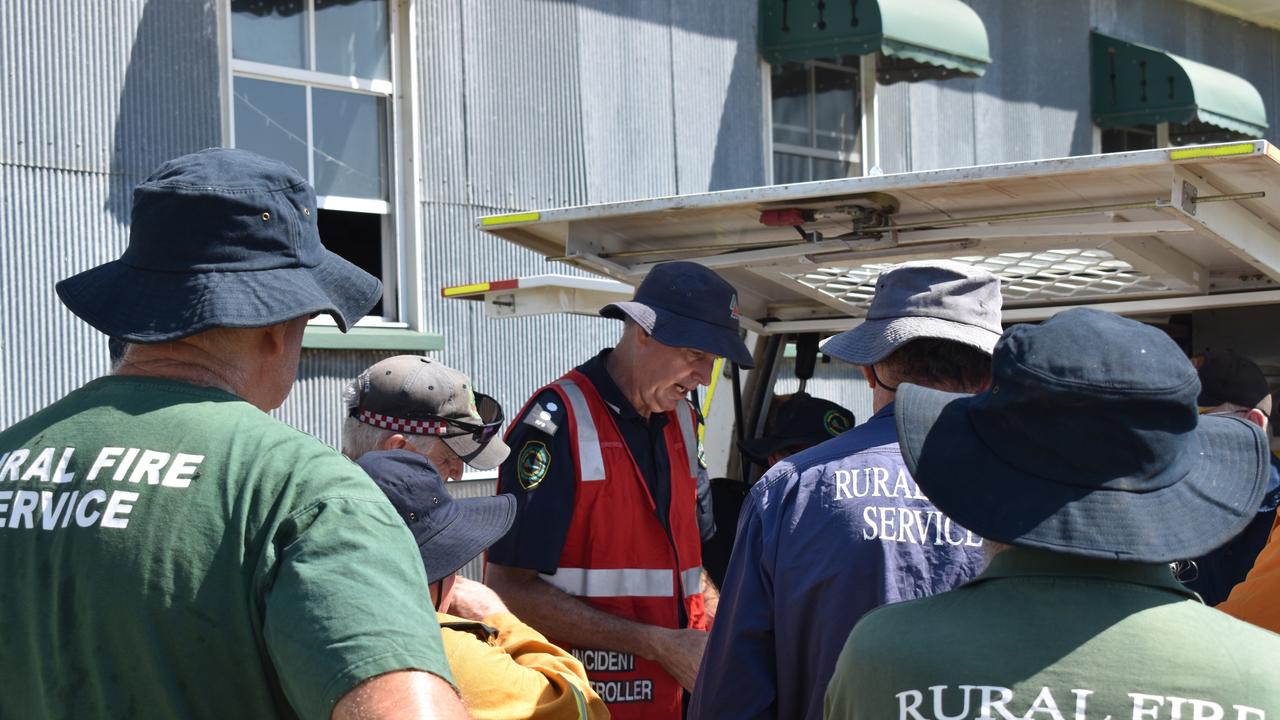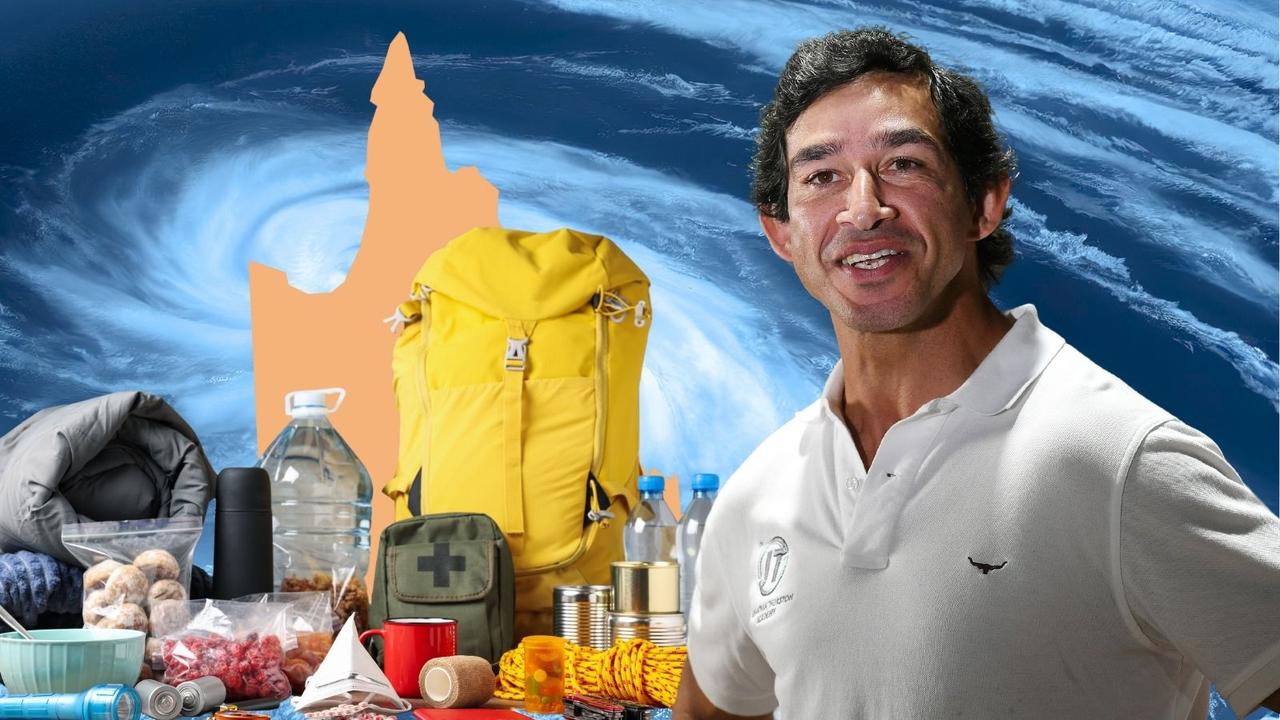Australia accused of ‘sleepwalking to catastrophe’ as nation starts to count bushfire toll on wildlife
As Australia begins to assess the bushfires’ devastating impact on native wildlife, there are fears for many individual species, and different views on what the top priorities should be.
Bushfire Support
Don't miss out on the headlines from Bushfire Support. Followed categories will be added to My News.
- What you can plant to help wildlife after the recent bushfires
- Best regional events to attend post bushfires
- Veterinarians ‘a profession in grief’
- Saving burnt baby koalas will stick with me forever
Koalas could become extinct in eastern Australia within a generation and as many as 100 species of plants and animals completely wiped out across the country as a result of the horror bushfire season, experts believe.
The number of animals killed is almost impossible to quantify, but estimates based on existing wildlife density patterns suggest a tally in excess of one billion.

Part of the reason why we have such a poor grasp of the bushfires’ impact on native animals is that “monitoring in Australia has been really quite poor” over the past 20 years, said Chris Dickman, Professor in Terrestrial Ecology from Sydney University’s School of Life and Environmental Sciences.
“As a nation we’ve been sleepwalking to this catastrophe,” he said.
“It’s going to be some time before we get in to assess whether particular species are still there or not, but anywhere from 20 to 100 plants and animal species that were already threatened were in the path of the fires and would be at real risk.”
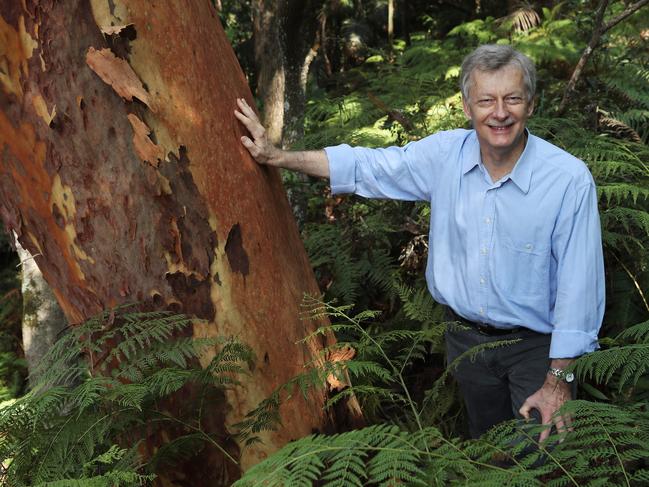
Among the anticipated losses is the long-footed potoroo, a member of the rat kangaroo family which had a small range in Victoria’s Gippsland region and southern NSW.
“As far as we can tell, almost all of its habitat has been burnt,” Prof Dickman said.
The bushfire catastrophe would also likely claim some species that had only been identified in the past five years, including two insectivorous marsupials native to south east Queensland’s scenic rim region: the silver headed antechinus and the black tailed dusky antechinus.
BIG FEARS FOR KOALA POPULATIONS
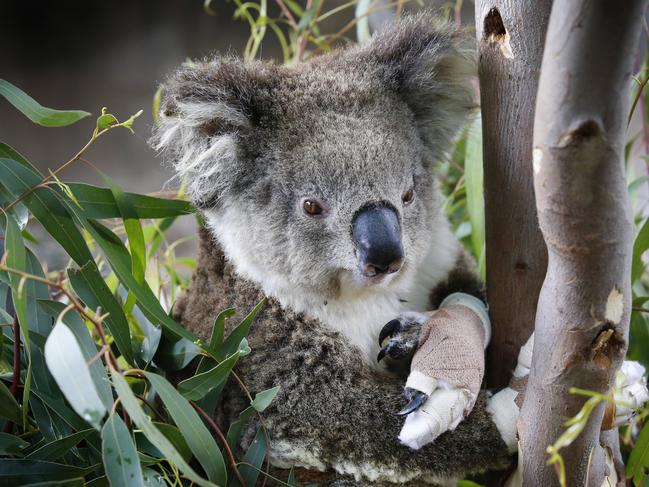
Koala populations have been severely impacted by the blazes, with estimates that 8000 have been killed in bushfires in northern NSW and as many as 30,000 on Kangaroo Island.
Dr Stuart Blanch from WWF Australia said koalas in eastern Australia were on track for extinction by the year 2050, but the 2019/2020 bushfires “have brought that extinction timeline forward”.
Koala numbers in northern NSW and Queensland declined by 42 per cent between 1990 and 2016, mainly because of habitat loss brought on by land clearing, deforestation and climate change, Dr Blanch said.
The Queensland government provided similarly grim statistics when it launched a koala conservation draft strategy in December, with the state environment minister Leeanne Enoch claiming that “koala populations have decreased by 50-80 per cent in southeast Queensland habitat areas over about 20 years”.
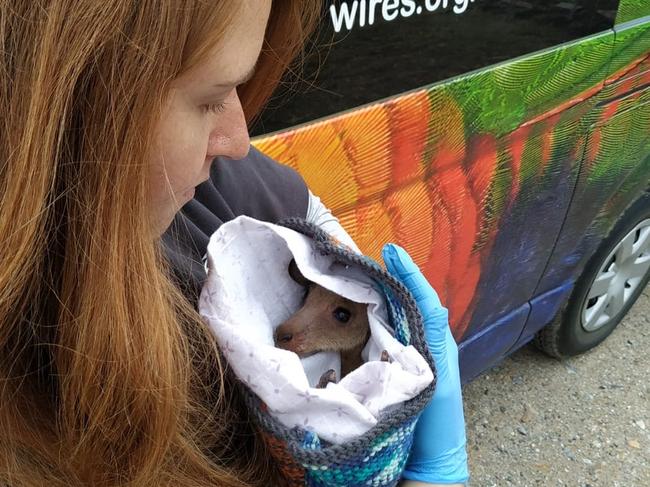
WWF’s warning about koalas being wiped out in eastern Australia had been calculated on the population declining at a steady rate, Dr Blanch said, “but climate impacts including drought and bushfires are happening a lot quicker than expected so it’s reasonable to conclude the extinction risk will come well before 2050.”
Between one quarter and one half of Australia’s koala population could have perished in the current bushfire season, he said.
Prof Dickman said at least half the animals’ habitat on Kangaroo Island and one quarter of its range in northern NSW had been destroyed this bushfire season – “That’s a big hit” – but he stressed that there were still areas for the animals that had not been destroyed.
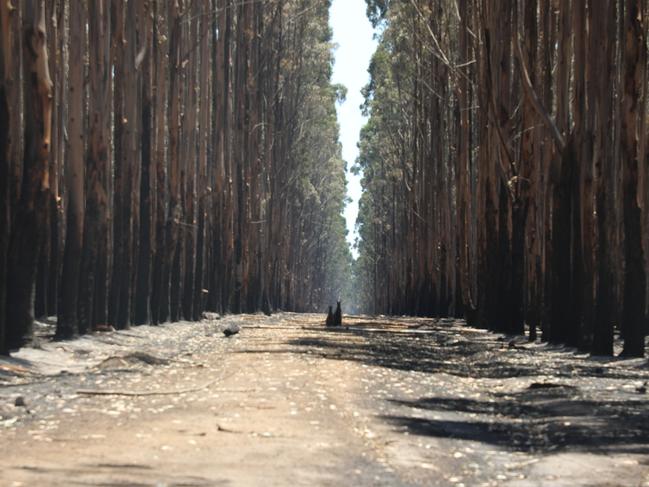
“Koalas do have a big range, and even though the fires have covered over 10 million hectares there’s still a very large area of koala habitat that remains unburnt,” he said.
The plight of the eucalyptus-munching marsupial in the bushfires has dominated coverage of the crisis, but koala conservation efforts would flow on to other native animals, he added.
The Queensland state government’s proposed plan to protect more than 570,000 hectares of land for koalas would also offer protection to “other beautiful charismatic marsupials, forest birds, reptiles and all the invertebrates associated with the forest,” Prof Dickman said. “So, if you like, the koala is a fantastic umbrella species.”
Some 34 native mammal species had become extinct since white settlement in Australia, and there were real fears that the current bushfires would push more species and populations to the wall, Prof Dickman said.
“There was a pretty decent glider population in [Sydney’s] Royal National Park, but a fire there in 1994 wiped them out,” he said.
“There was one possible sighting over the past five years, but effectively, they’re gone.”
ANIMAL HELPERS USING DRONES TO SPOT WILDLIFE
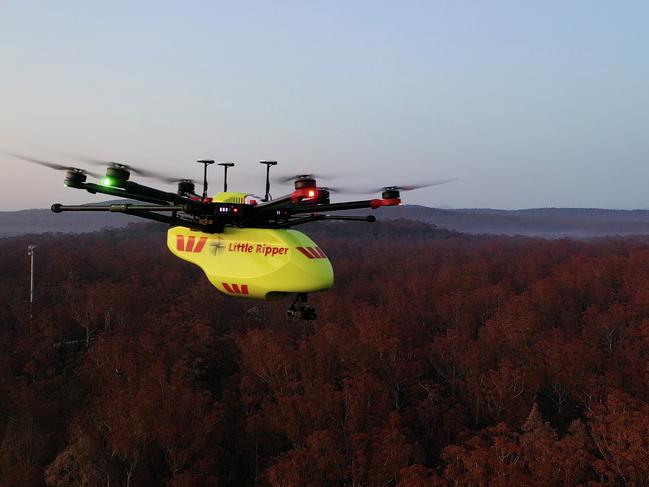
Animal welfare agencies are turning to drone technology to gauge the extent of wildlife losses in the wake of the bushfires.
NSW rescue group WIRES partnered with tech company Australian UAV yesterday morning to fly drones fitted with infra-red cameras into previously inaccessible areas around Batemans Bay and Mogo.
The Ripper Rescue Alliance drones started their operation around 3am – optimum time, group co-ordinator Ben Trollope said, “for the infra-red cameras to track the heat signature of the wildlife on the ground”.
The drones covered about 100 hectares, which were “extremely burnt out”, he said, but they also discovered some unburnt pockets where as many as 20 kangaroos and wallabies were spotted.
“There were areas where you just think how did that not get destroyed,” Mr Trollope said.
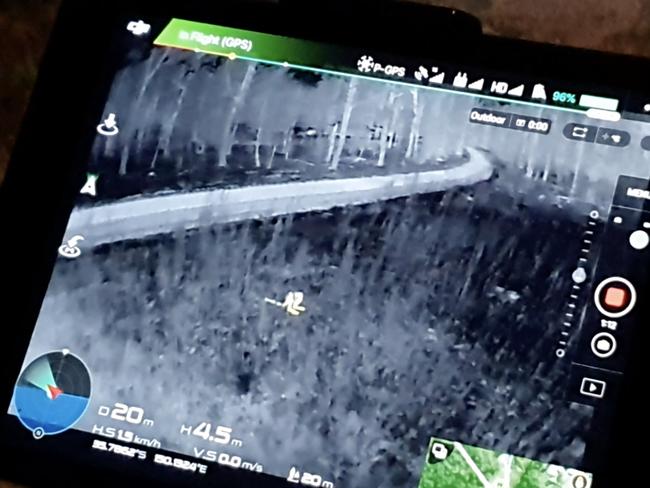
While the first wave of drones would be equipped with cameras to identify injured wildlife – enabling rescue teams to access them more efficiently – Mr Trollope said there was also the potential for the drones to drop off water and food to assist wildlife if there were known feeding stations for individual animal populations.
WIRES volunteers and wildlife specialists have so far been able to attend to 3300 call outs across NSW, and the organisation has had a year’s worth of calls from prospective volunteers – 700 – in the first week of January alone.
“A majority of the calls we’ve had here on the [NSW south] coast is for kangaroos. They haven’t necessarily been directly been hit by the fire, but instead entered the fire zone too soon and have burns to their feet,” Kasey Turner from WIRES said.
“Some of them are so badly affected there’s exposed bone, severe infections and that’s when we find them laying in random spots.
“Some have even had maggots infestations in their wounds because they’re at the stage where they can’t get up. It’s awful.”
‘IT’S A MARATHON NOT A SPRINT’: LEY
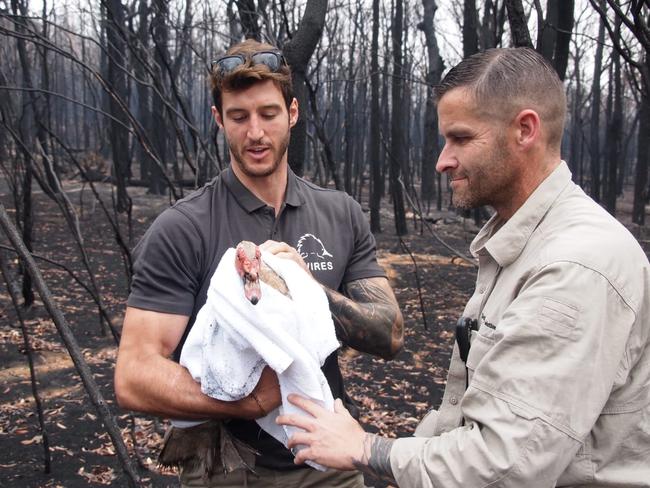
The drone technology pioneered by the Ripper Rescue Alliance may help reveal details about species lost in the wake of the bushfires, as some habitat areas are hard to access, others are still burning, and levels of monitoring vary significantly between states.
News Corp contacted environment departments in all states this week for information on wildlife species impacted by the bushfires. Few estimates of death tolls for individual species were provided, but some states had data on the percentages of known habitat area that had been burnt.
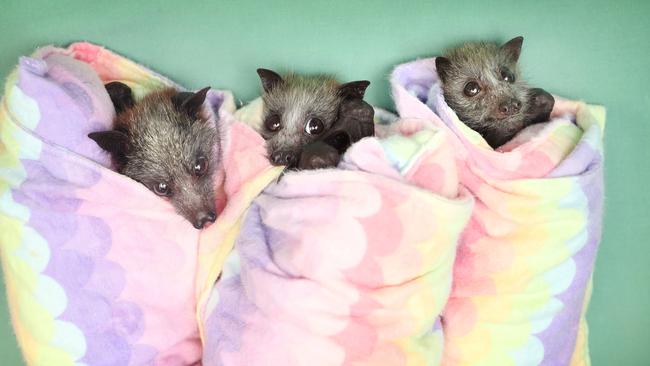
Federally, an expert panel chaired by Threatened Species Commissioner Dr Sally Box has met twice and determined a series of “first actions” as well as a list of 50 key threatened species (47 of which are actually plants).
The panel will also advise the government on how to spend half of the $50 million “initial commitment” for wildlife recovery announced by the government last week.
Asked yesterday whether she was seeing the need for more funding on top of the $50 million, Federal Environment Minister Sussan Ley said: “I’m seeing a lot of needs”.
Ms Ley said she wanted to involve local communities in the wildlife recovery process, but warned: “It’s a marathon not a sprint.”
PRIORITIES AND PREDATORS
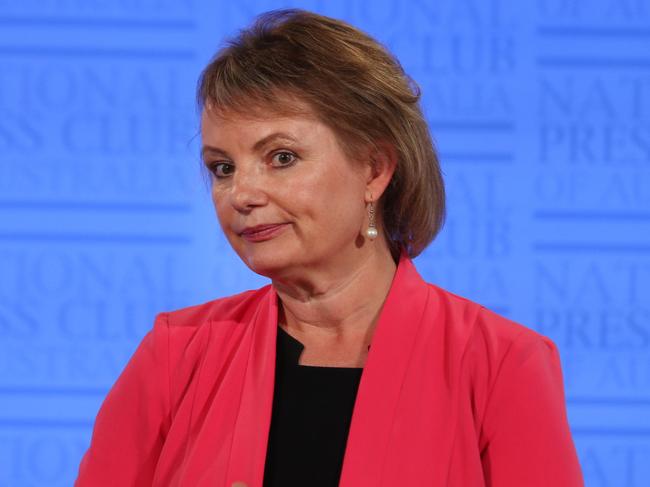
While many people have been moved to donate to services looking after injured animals, Chris Dickman, Professor in Terrestrial Ecology from Sydney University’s School of Life and Environmental Sciences, suggested there may be more effective funding priorities.
“Donations … for the injured are well and good, but it’s probably a bit of a pinprick in the bigger picture,” he said.
The immediate priority should be to go into the “unburnt patches” of regions hit by bushfires, particularly areas where threatened species were known to occur, and “find out if there are remnant populations that need assistance,” he said.
Ms Ley said treating injured animals and preserving the habitats of survivors were both worthy tasks.
“We can and should do both,” she said.
A primary concern is to protect survivors from feral predators, she said.
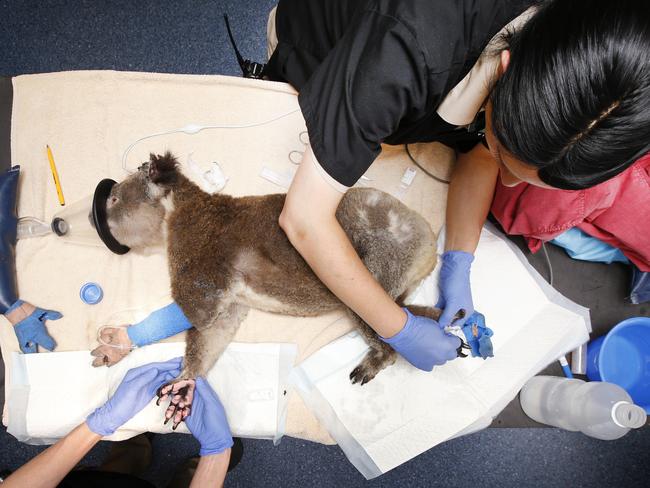
Prof Dickman said feral cats were a big threat, as they were known to move 15 kilometres from their normal range in order to pick off survivors at the edge of bushfire-ravaged areas.
But a “cat assassin trap” had shown promising results in controlling them, he said.
The trap works by flicking a dob of poison-containing gel at cats, who, being fastidious cleaners, then ingest it – but because the substance (1080) is native to Australia, local species have a high tolerance for it, Prof Dickman added.
Both Prof Dickman and Dr Stuart Blanch from WWF Australia said there was a role for cool-season prescribed burning to help protect native wildlife habitat – but both noted the extremely limited conditions in which that was able to be carried out in 2019 owing to hot dry conditions throughout much of the year.
The WWF has also called for a two-year moratorium on logging and landclearing as a way of protecting habitats.
While experts believe it will take years for some animal populations to bound back, a statistic provided by South Australia’s Department for Environment and Water might offer some hope.
Koalas on Kangaroo Island grew from just 18 individuals introduced in the 1920s to a population that some estimated to be as many as 100,000 individual animals prior to the 2019/20 bushfire season.
“We are confident that the population can recover from these devastating events,” a departmental spokeswoman said.

